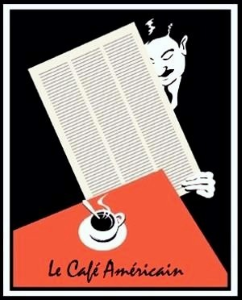 Apparently today is my day to pick on poor Paul Krugman. I read this in a doctor’s waiting room today, and it was just too illustrative of a certain institutional mindset to go by unremarked.
Apparently today is my day to pick on poor Paul Krugman. I read this in a doctor’s waiting room today, and it was just too illustrative of a certain institutional mindset to go by unremarked.
Paul is responding to questions for an interview in the latest issue of Princeton Magazine.
Are bubbles good or bad and do we need them to create strong economic growth and reach higher levels of employment?
Bubbles are bad if you have an economy near full employment, where they divert resources from their proper use and set the stage for financial instability. In a depressed economy, even ill-conceived spending can help create jobs, so bubbles aren’t necessarily bad. There are reasons to believe that we’re facing an era of persistent economic weakness, which means that we’ll only feel prosperous during bubble periods.
Please comment on how artificially low interest rates have impacted the current value of baby boomers’ retirement portfolios and should this be a consideration of the Federal Reserve?
Oh, boy. What do you mean ‘artificially low’? Compared to what? The appropriate level of the interest rate, most economists would say, is the rate that gives us full employment without inflation; since we don’t have full employment, that says that rates are too high.
And no, the Fed’s job is to stabilize the economy, not to protect incomes of some groups at the expense of that mandate.
Paul Krugman, Princeton Magazine
It’s one thing to infer that the economists of the professional status quo believe these sorts of things. And its quite another to see it in print.
Paul apparently thinks that bubbles are not really a problem if you are not at ‘full employment,’ because they might be stimulus. Oh boy, what do you mean ‘full employment?’ Does that mean everyone who wants a shit job without benefits at a below poverty level wage can have one is ‘full employment?’
This post was published at Jesses Crossroads Cafe on 09 SEPTEMBER 2014.

 Follow on Twitter
Follow on Twitter
Recent Comments